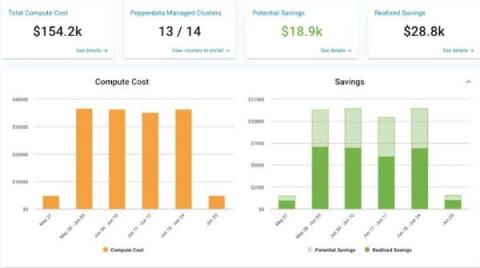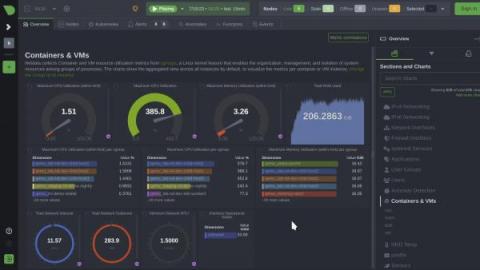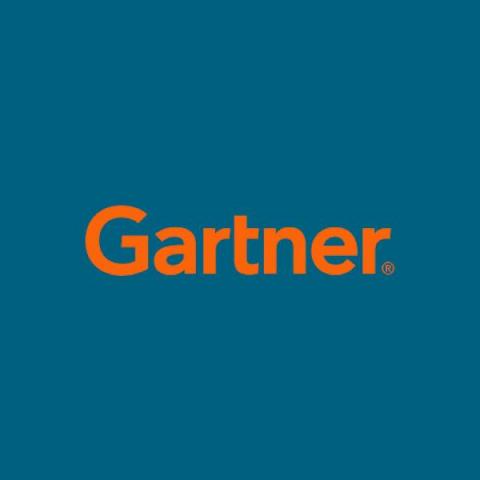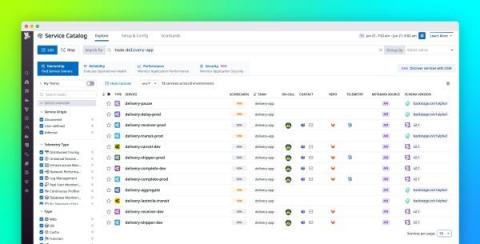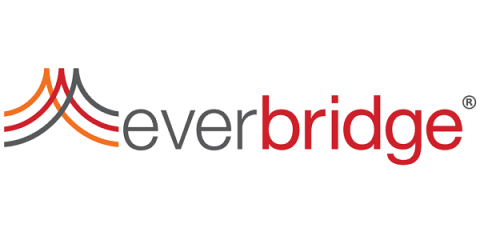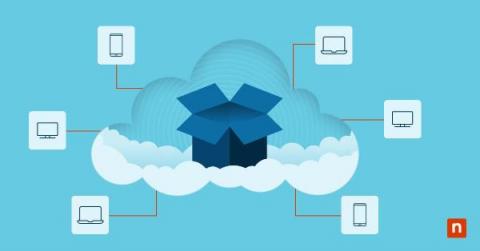Operations | Monitoring | ITSM | DevOps | Cloud
Latest Posts
Data Lifecycle Management: A Complete Guide
Release 1.41.0: Netdata Agents and Parents now have a new UI!
Netdata Agents and Parents now have a new UI! Steady to our schedule, this is another great Netdata release!
Gartner Market Guide: Embedding Automation Into the Enterprise
“Existing workload automation strategies are unable to cope with the expansion in complexity of workload types, volumes and locations driven by evolving business demand, as per Gartner. Digital business is slowed without collaboration and automation inside and outside of IT, leading to siloes of capabilities across business and IT teams.Cost optimization is an evolving challenge, driven by technical debt and requirements to demonstrate business value of investments.”
Control Plane vs. Data Plane: Use Cases, Advantages & Drawbacks
How To: Troubleshooting Devices Not Added to Netreo
One of Netreo’s hallmark features is automated device discovery, onboarding and configuration. When you first fire up Netreo, it searches your entire infrastructure to identify and add devices for your monitoring needs.
Import Backstage YAML files into Datadog to manage all your services in one place
The Datadog Service Catalog centralizes your organization’s knowledge about the ownership, reliability, performance, costs, and security of your services. If you’re also using Backstage to keep track of your services, you can leverage our support for Backstage YAML to easily consolidate and maintain all your service information in the Service Catalog.
Managing Extreme Heat Events
What is a Firewall? Understanding Your Organization's First Line of Defense
Your organization depends on reliable network and endpoint security to ensure that all data is handled, stored, and protected properly. Generally, a comprehensive network security plan includes anti-virus software, access management, zero-trust policies, and endpoint security tools, among other things. A Firewall is considered to be one of the most important components of a network security plan.
What Is Cloud Storage?
Cloud storage involves storing your data on a server that belongs to a third-party cloud service provider (CSP) rather than on-premises. Because many CSPs have large numbers of servers available, it tends to be more cost effective to pay a recurring fee for off-site storage rather than storing all of your files locally. Additionally, many organizations use cloud backups to save space in local storage and to improve accessibility and availability.


